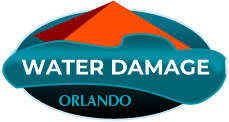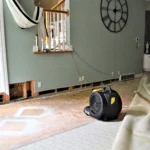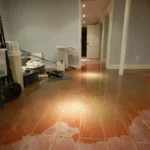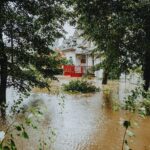The first reaction is frequently to DIY when an emergency arises and this rears its foul face. Let’s examine why this might not be the best way to take action, however, before you roll up your sleeves and grab the mop.
Let’s Compare DIY and Professional cleanup to make people easily decide, weather they need professional service or DIY.
DIY
Inadequate Equipment
Professional cleaning teams possess specialized tools and equipment designed to swiftly remove water from affected areas, dry them, and halt the growth of mold. DIY projects frequently do not have access to such equipment, which makes broad and efficient cleanup difficult.
Professional
Advanced Equipment
Professionals have access to modern equipment made specifically for restoring the area. Examples include commercial-grade dehumidifiers, large pumps, specialist moisture meters, and strong air movers. They can swiftly and completely remove excess water with the use of these equipment, ensuring that no moisture is left behind.
Hidden Damage
Water damage is sometimes confusing. While there may be obvious indicators, such as wet carpets or walls, there may also be hidden damage in the insulation, under the flooring, or in wall cavities. Professionals have the expertise to find hidden damage and repair it, preventing further problems.
Thorough Assessment
Professionals carry out an in-depth evaluation of the damage before starting the cleanup. They might find hidden damage, structural faults, and significant health risks due to this evaluation. A customized restoration plan is informed by an in-depth inspection.
Experience & Expertise
Restoration of water damage is a specialized profession that calls for years of training and expertise. Professionals are familiar with the most recent methods and company standards, ensuring that the cleanup procedure is efficient and secure.
Expertise & Training
Skilled and prepared professional restoration teams can handle various types and severity levels of this. They are aware of the difficulties in accurately assessing, minimizing, and repairing damage. This expertise makes sure that each step of cleansing is carried out properly.
Mold Growth
Mold growth is one of the largest concerns following water damage. It can begin to grow in wet conditions in as little as 24 to 48 hours. Professionals thoroughly dry out the affected areas while greatly reducing the risk of mold growth by using industrial-grade dehumidifiers and air movers. DIY cleanup frequently falls short in this area, which can result in future mold issues.
Efficient Water Removal
It is essential to remove water quickly and effectively to stop further damage and the growth of mold. Professionals shine in this area, reducing down on the length of time water has to get inside structures and things.
Structural Damage
Your home’s structural stability may be affected by water. Drying of structural elements including beams, studs, and subfloors may not be effectively addressed by DIY cleanup. This can eventually result in weakened structures and expensive repairs.
Preventing Future Damage
Professionals not only clean up the mess that is currently there, but they also provide helpful tips on avoiding further loss. You may protect your property by using their insights to direct your decisions.




